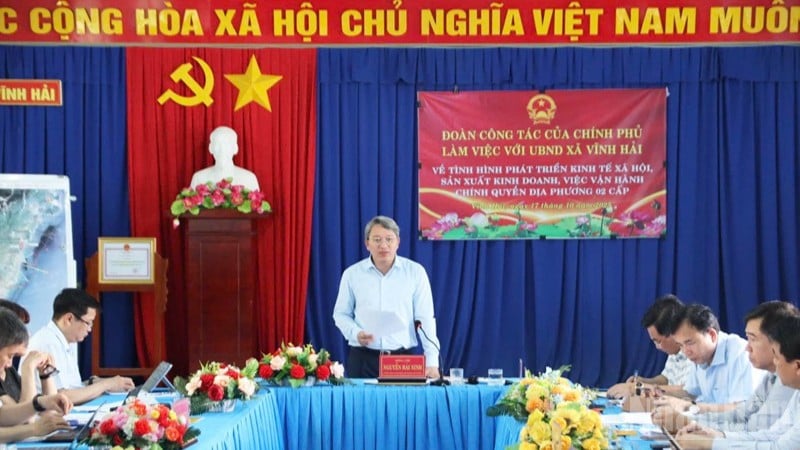
Vinh Hai commune was established on July 1, 2025, on the basis of merging the original area and population of three communes, including: Vinh Hai, Nhon Hai and Thanh Hai (Ninh Hai district, old Ninh Thuan province), with a natural area of more than 161km², a population of nearly 37,000 people/15 villages, including two villages of Raglai ethnic people.
Immediately after the merger, the Party Committee and the commune government promptly stabilized the organizational structure, arranged and assigned cadres and civil servants in accordance with the spirit of Resolution No. 18-NQ/TW of the Central Executive Committee and Conclusion No. 137-KL/TW of the Politburo on continuing to innovate and arrange the organizational structure of the political system to be streamlined, effective and efficient.
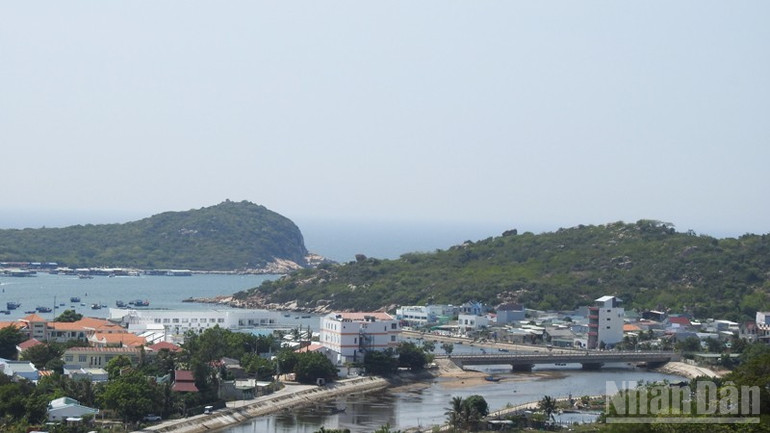
Personnel work is conducted democratically and publicly, focusing on the capacity, strengths and experience of each individual, ensuring that local government operations are not interrupted.
Along with the restructuring of the apparatus, Vinh Hai commune quickly focused on implementing socio-economic development programs and projects, investing in essential infrastructure and improving people's lives.
In 2025, the locality was assigned by the People's Committee of Khanh Hoa province to be the investor of 32 projects with a total capital of more than 66.7 billion VND, by October 2025, the disbursement had reached nearly 50%. Thanks to the focus on propaganda, vocational training, job creation and labor export, the locality has opened up a direction to increase people's income, and sustainable poverty reduction has had positive changes.
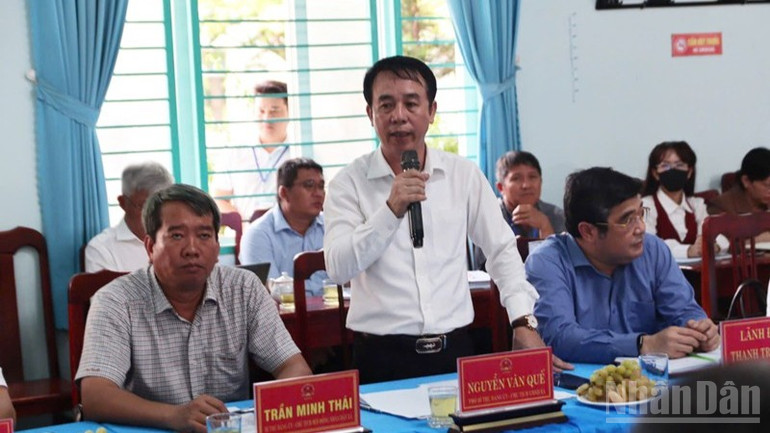
However, when implementing the 2-level government model, Vinh Hai commune encountered many difficulties, such as: increased workload, many officials had to hold concurrent positions, some civil servants had not adapted to the new requirements, so there was still a situation of late documents. Specialized applications on land and finance were not synchronized; online public services and electronic payments were limited; facilities and working equipment were old, funding allocation was slow...
The reason is that the legal system on decentralization and delegation of power is still lacking and unclear. Along with that, the capacity and management skills of a number of officials have not kept up with the reform requirements.
Chairman of Vinh Hai Commune People's Committee Nguyen Van Que proposed that competent authorities consider special mechanisms, adjust allowances for part-time officials and soon invest in upgrading facilities and equipment serving administrative activities.
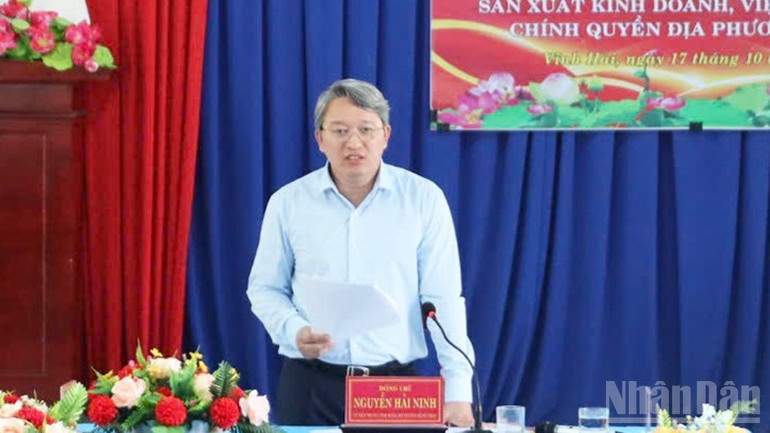
At the working session, Minister Nguyen Hai Ninh highly appreciated the results achieved by the government and people of Vinh Hai commune in implementing the two-level government model, and acknowledged the locality's recommendations.
Minister of Justice Nguyen Hai Ninh emphasized: The effective operation of the new model not only contributes to streamlining the organization and improving the effectiveness of state management, but also creates a driving force for sustainable development, better meeting the needs of people and businesses. Therefore, it is recommended that localities continue to review and perfect the apparatus, improve the quality of staff, promote digital transformation and administrative reform... to continue to improve operational efficiency and excellently complete tasks in the new situation.
The working delegation also met, had dialogues, listened to and recorded the opinions and aspirations of people in the area implementing the Ninh Thuan 2 nuclear power plant project.
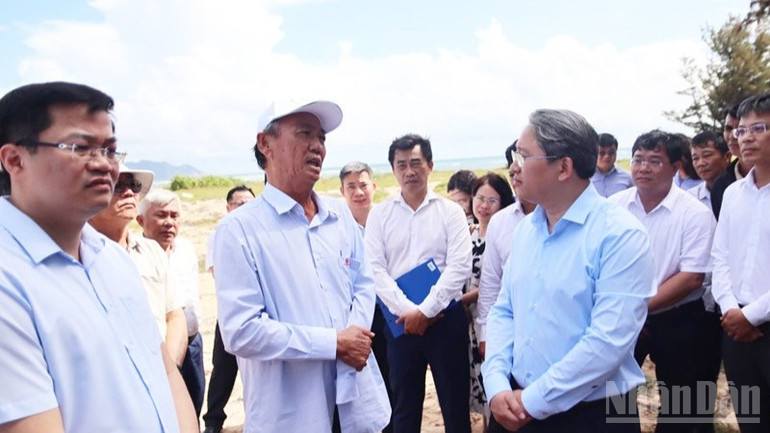
Source: https://nhandan.vn/doan-cong-tac-cua-chinh-phu-lam-viec-voi-xa-vinh-hai-khanh-hoa-post916036.html





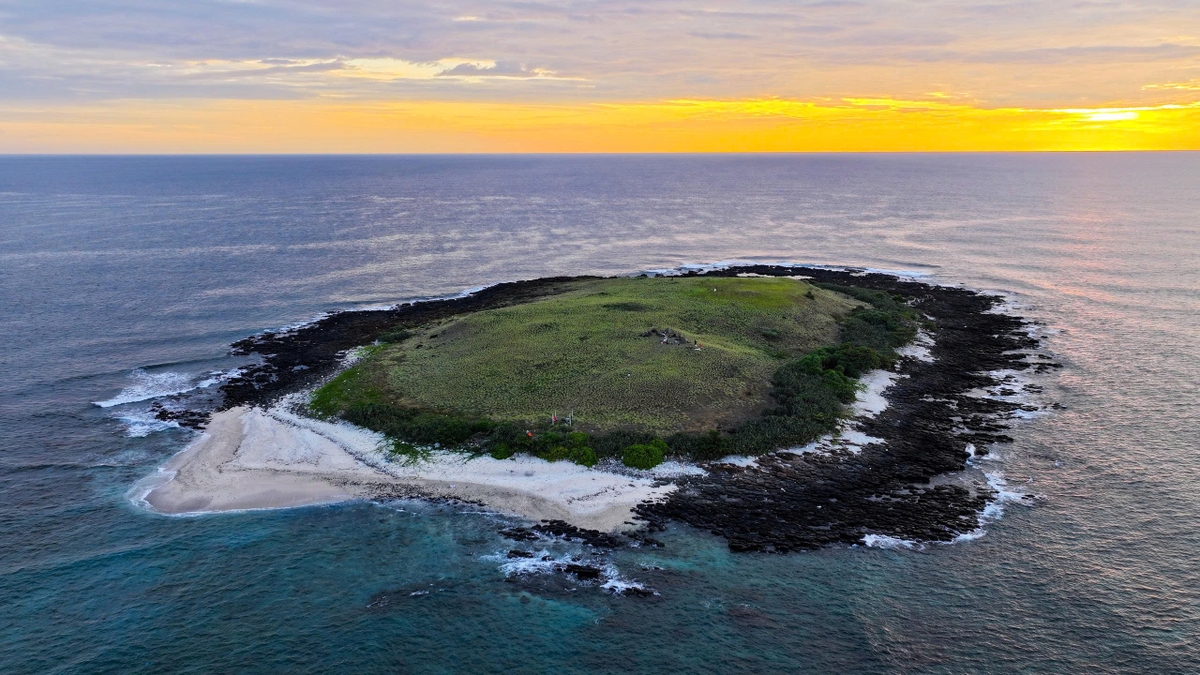

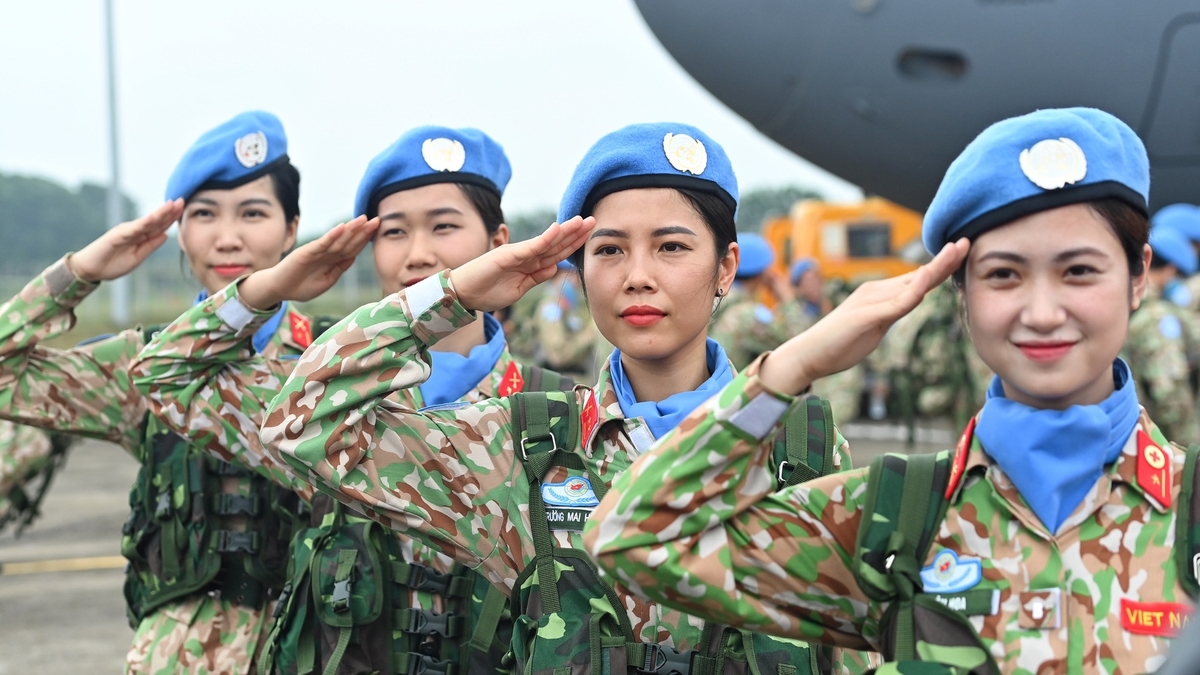
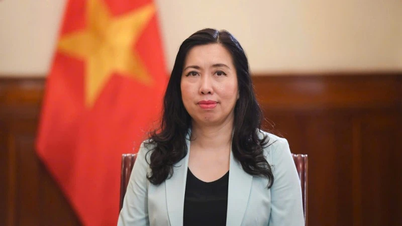
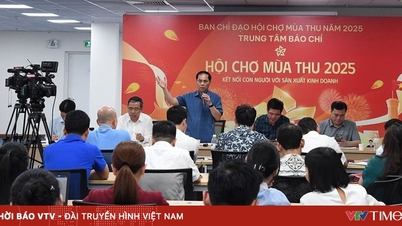

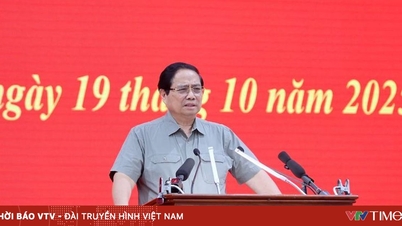
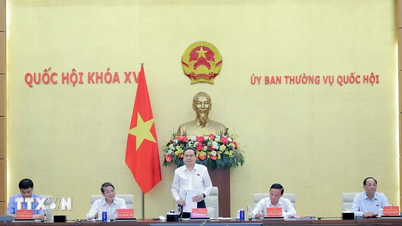

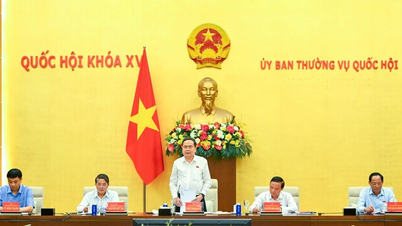
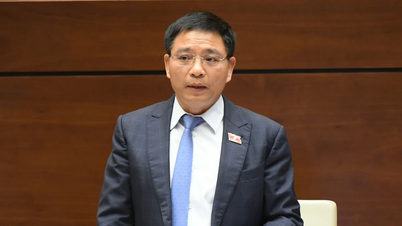




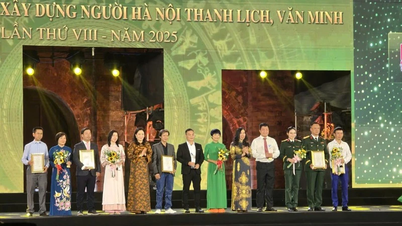

![[Video] Hanoi announces list of qualified candidates for teacher recruitment on October 24](https://vphoto.vietnam.vn/thumb/402x226/vietnam/resource/IMAGE/2025/10/19/1760887897436_thi-giao-vien-4228-jpg.webp)

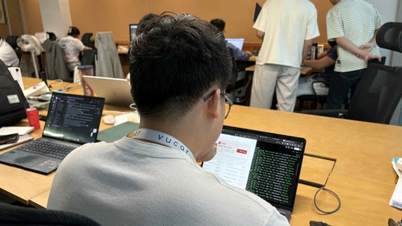
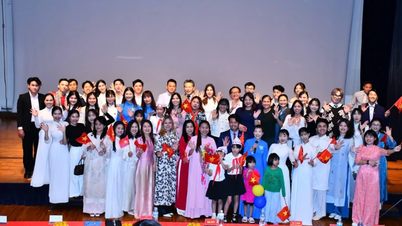

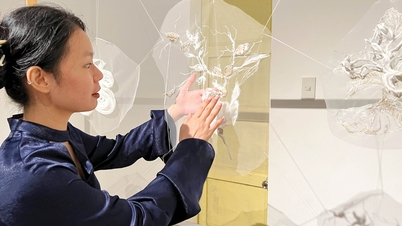

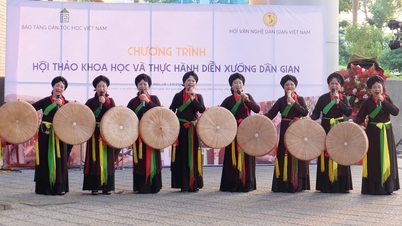


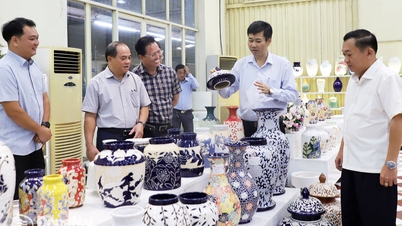







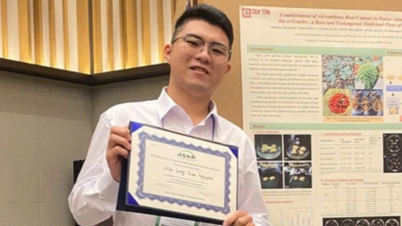

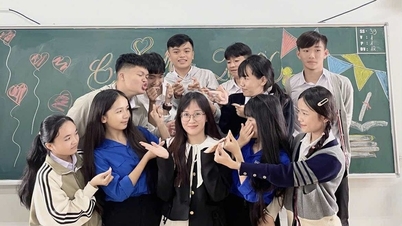

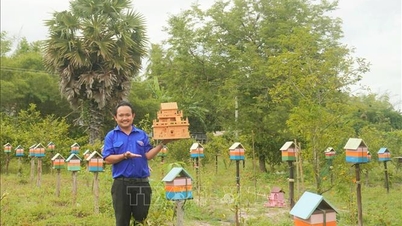




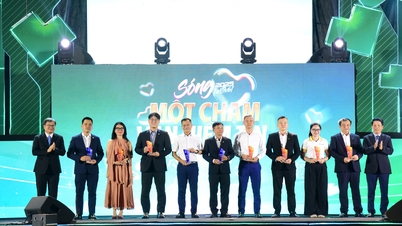













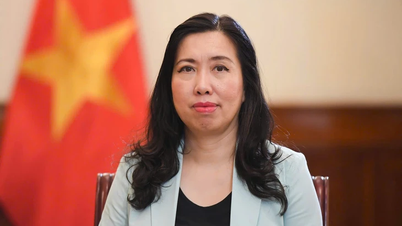

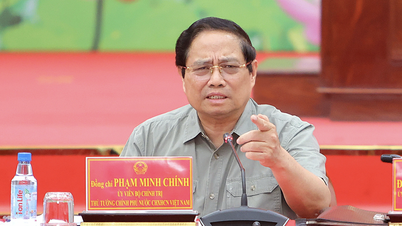
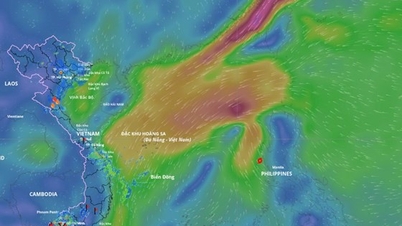





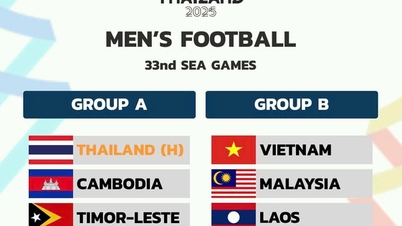

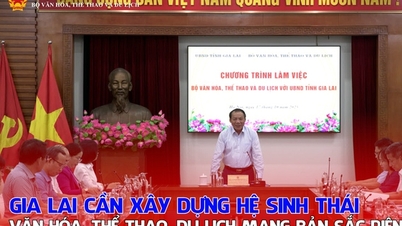


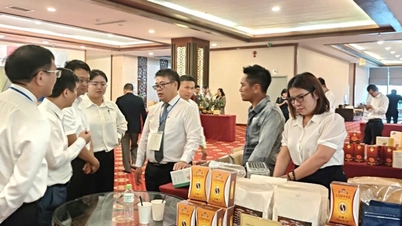




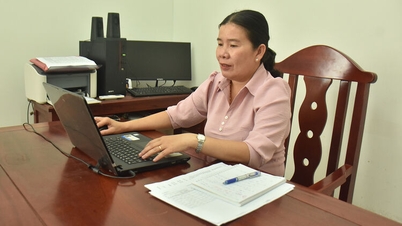

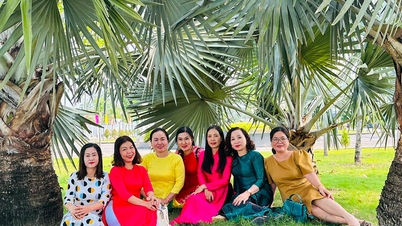











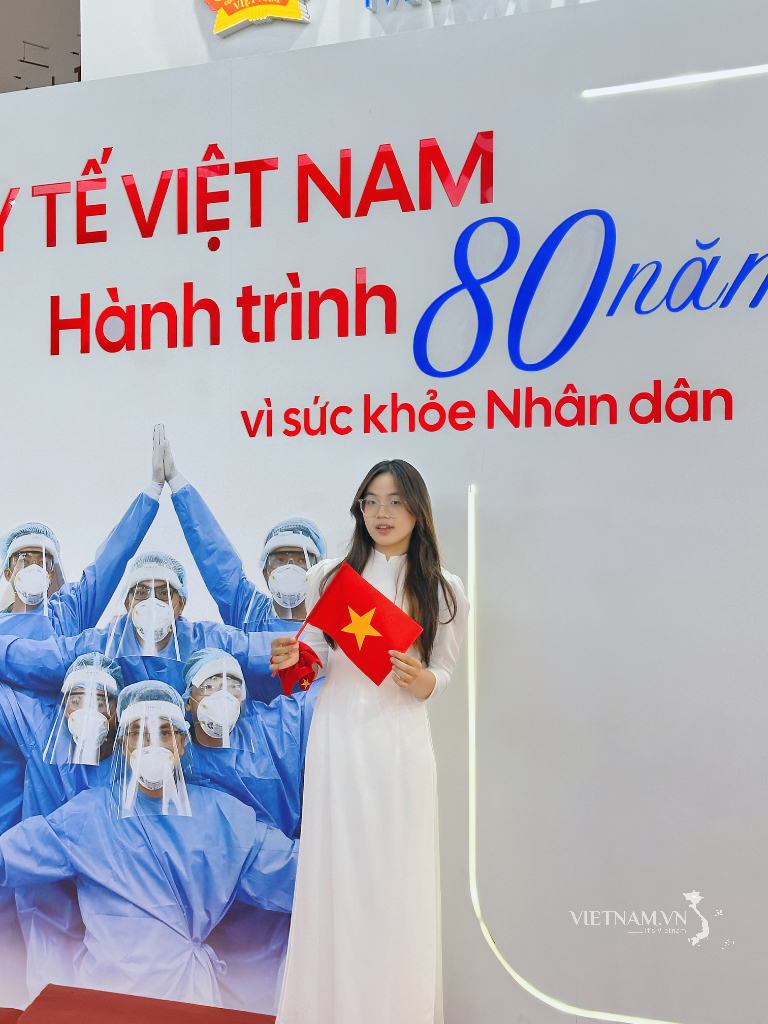



Comment (0)